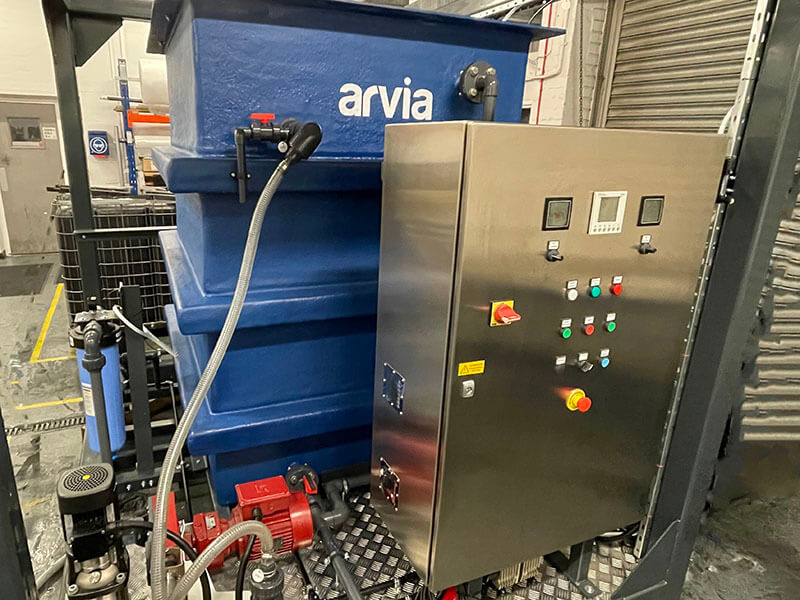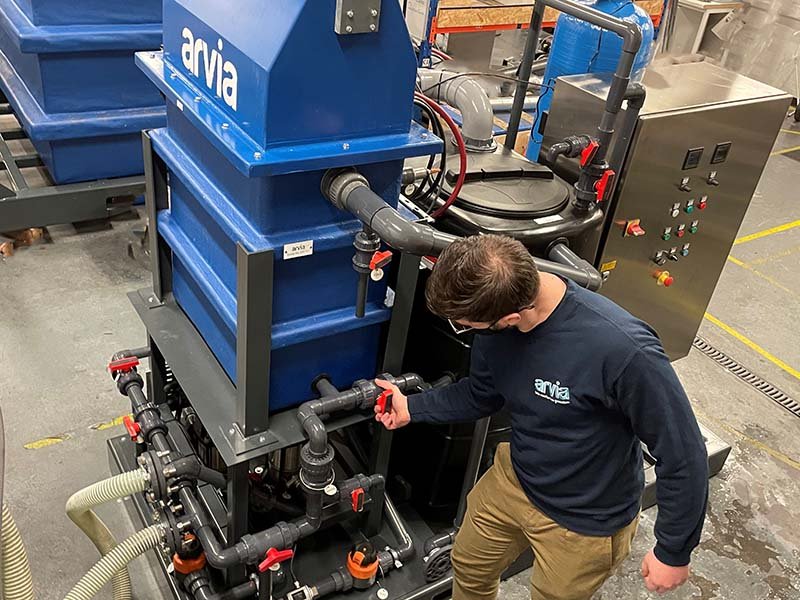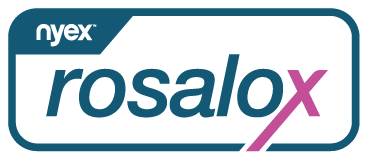The presence of azithromycin in water sources poses significant environmental and public health concerns. Long-term exposure to low concentrations can lead to the development of antibiotic-resistant bacteria. These reduce the effectiveness of antibiotics in both human and veterinary medicine.
The discharge of inadequately treated wastewater containing azithromycin pollution into aquatic environments can further contribute to ecological harm, impacting marine organisms and the overall balance of ecosystems.
To protect aquatic ecosystems and prevent antibiotic resistance, it is important to remove azithromycin from water.
There are several choices available for treating azithromycin in water, but the Arvia Rosalox™ system stands out for its effective and affordable approach using both adsorption and electro-chemistry.
It is absolutely vital to give top priority to the advancement and application of cutting-edge water treatment technologies in order to decrease the occurrence of azithromycin and other medicinal substances in water supplies, thus safeguarding both our environment and the well-being of the general public.
For more information on the innovative Arvia water treatment range, contact us today.







